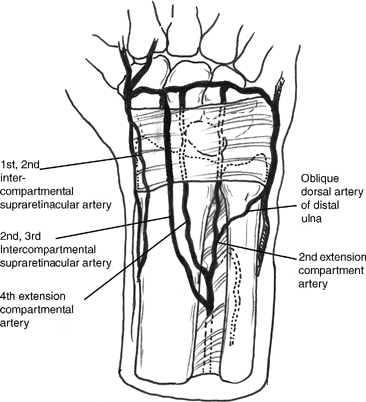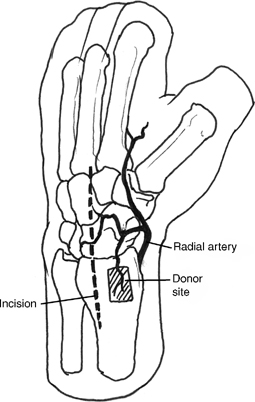31 Open Reduction and Internal Fixation of Scaphoid Nonunion with Vascularized Bone Graft Figure 31-1 Figure 31-2
Indications
Technique



Stay updated, free articles. Join our Telegram channel

Full access? Get Clinical Tree








